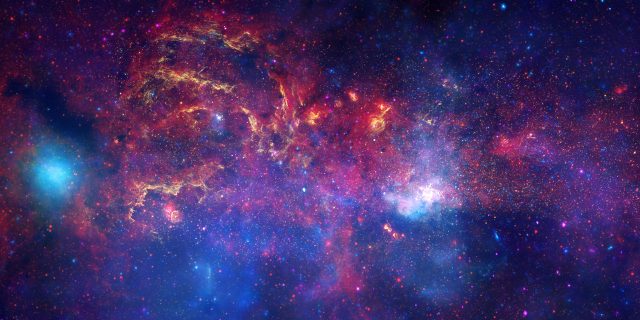Dense star-forming regions have complex organic molecules
Ars Technica » Scientific Method 2014-09-30

The most complex organic molecule yet to be discovered in interstellar space has been reported. While organic molecules that are organized in a straight line have been seen previously, the new molecule—iso-propyl cyanide—is the first molecule found with a branched structure.
In the 1980s, scientists were beginning to realize that it’s possible for complex organic molecules to form on the surfaces of dust grains. As a result, some of them predicted that the interstellar medium would contain complex, branched molecules. But none were discovered until now.
The molecule in question is an important building block of amino acids, which are themselves one of the important building blocks of life. The discovery reinforces hopes of finding life elsewhere in the Universe.
Read 7 remaining paragraphs | Comments